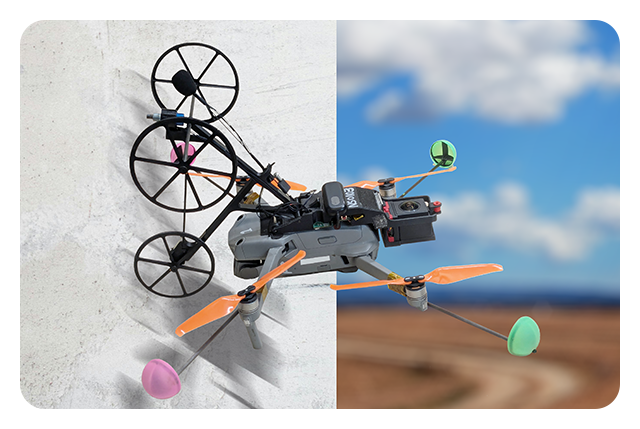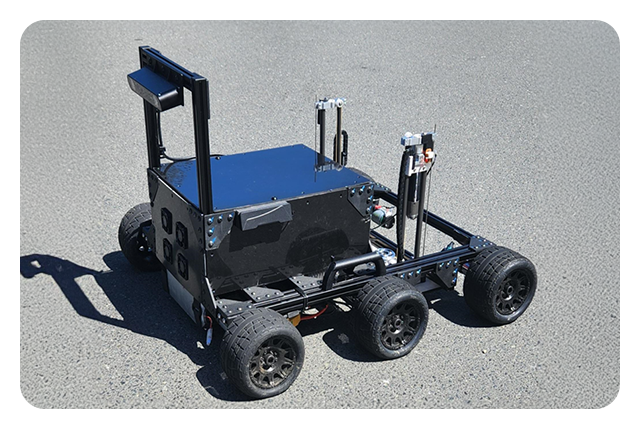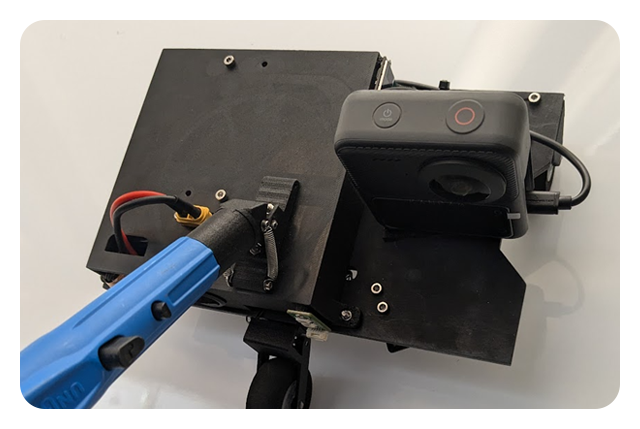DRONIC®
Patented multi-layered data collection and fusion architecture
To keep assets safe, civil and structural engineers complete detailed condition assessments and inspections of large civil infrastructure, often mapping and quantifying visual cracks and spalls and non-visual drummy-concrete on as-built drawings or sketches with manual notes and photos.
While valuable for fulfilling regulatory requirements and identifying specific defects, challenges with the current methodology include challenges accessing complex structures, subjective inspection results, and difficulties identifying and quantifying changes in a structure’s condition between two different inspections/assessments.
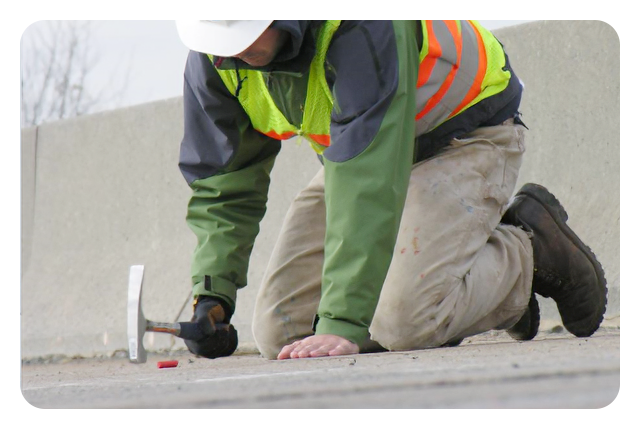
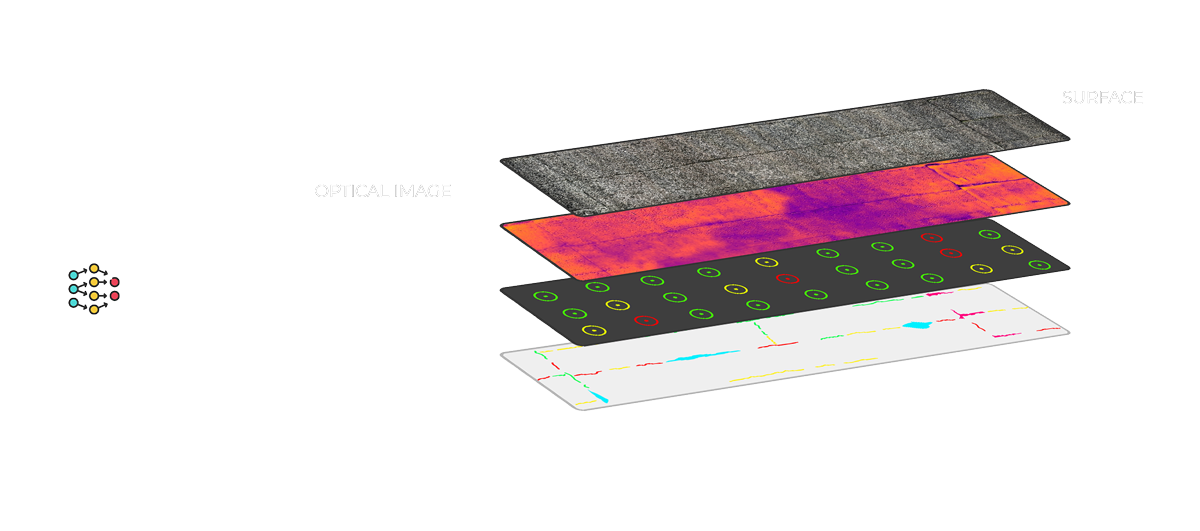
In addition to these three primary datasets, DRONIC also collects positional information, camera angles, drone speeds, acquisition distances, altitude, etc.
To correlate the defects not only to the global positioning system but also to local x-y coordinates. This additional information is stored to inspect structures on a periodic basis to detect and quantify a small change in the defects over time.

The sensors use a high-sensitivity microphone to identify the potential presence of delamination in concrete structures up to a depth of 8 inches. It captures the microphone readings and uses machine learning and an onboard GNSS and PPK technology to correctly identify delamination and determine the precise location of each data collection point. Data is stored locally on the system and after each collection, signal processing and positioning data are combined to produce georeferenced delamination maps.
NCX Mini
A UAV-mounted compact-sized acoustic impactor intended for collecting sounding data for delamination detection in concrete Dams, Spillways and Bridges.
The mounted sensor can collect acoustic/sounding data by tapping directly on the surface of both concrete walls (piers, retaining walls etc.) and slabs (underside bridge decks, beams, tunnels etc.), 20 sounding per second which is considerably faster data collection compared to manual methods, especially in hard-to-access regions of the asset, which are otherwise difficult or unsafe to inspect.
The collected data is being used as an input for signal recognition machine learning model utilized in AUTOSPEX to increase accuracy and repeatability for delamination mapping on concrete structures. The delamination maps are viewable on AUTOSPEX platform. We have used our NCX Mini sensor (as a part of patented DRONIC technology) in our recent projects, including:
We have used our NCX Mini sensor (as a part of patented DRONIC technology) in our recent projects, including:
- The King Street Bridge in Melbourne, Australia
- Rideau River Bridge in Ottawa, Canada
- Ray Hall Viaduct-M6-Junction 9 Bridge in the UK
- Camo Bridge, Cowpasture Bridge and Meadowbank Bridge in Sydney, Australia (Upcoming)
ROVER
The NDX Rover is Niricson’s proprietary technology, designed specifically for Dam Spillway inspections. Its acoustic sensor simulates the traditional concrete hammer test, applying stress waves through a striking mechanism and analyzing the response in terms of vibration and sound reflection.
The six-wheel design provides mobility across complex surfaces, while a pilot operates it from a safe distance near the asset. The rover is also equipped with automated pathing, allowing it to follow a pre-set GPS route and collect data autonomously—reducing the need for manual operation over long periods.
Here are some of the recent projects where we used this technology:
- Terzaghi Dam in British Columbia, Canada
- Bendora Dam in ACT, Australia
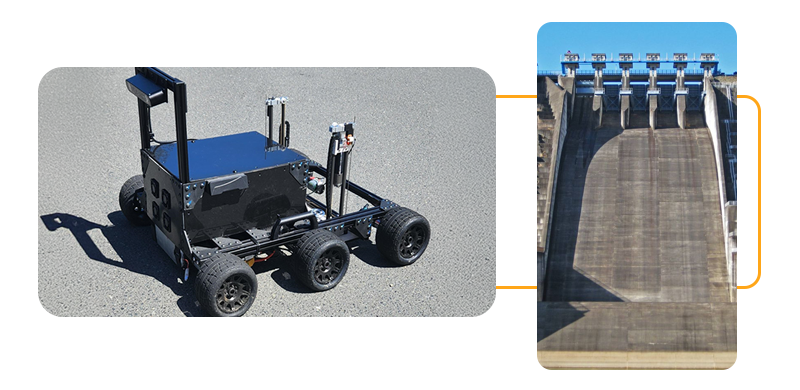
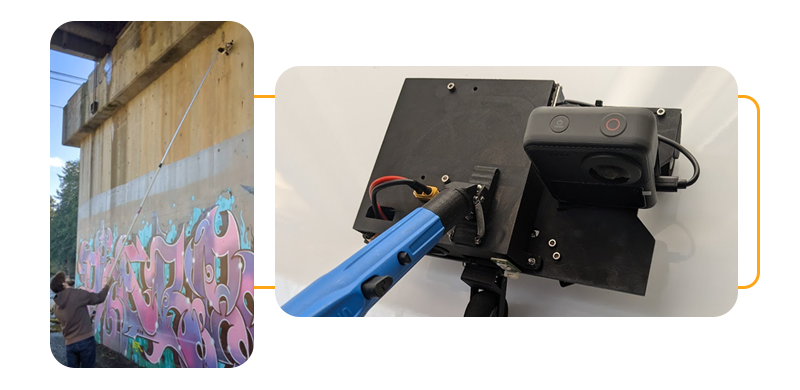
NC XTEND
Niricson’s NC XTEND is an extendable pole-mounted concrete-sounding sensor designed for Bridge and Pier inspections. Featuring advanced positioning and microphone sensors, it accesses hard-to-reach areas without the need for bucket trucks or snooper trucks. It can reach many times the operator’s height, making it ideal for bridge undersides (soffits), bridge piers (including round poles), and other concrete surfaces.
The sensor simulates the traditional concrete hammer test by applying stress waves through a striking mechanism and analyzing the response in terms of vibration and sound reflection for deeper analysis.
The concrete-sounding devices strike at precise and repeatable velocities. Several strikes are made at each sample location to ensure reliable results.
They use an individually calibrated high-dynamic range microphone with a high resolution and high sample rate recording system to collect the concrete response from the strike.
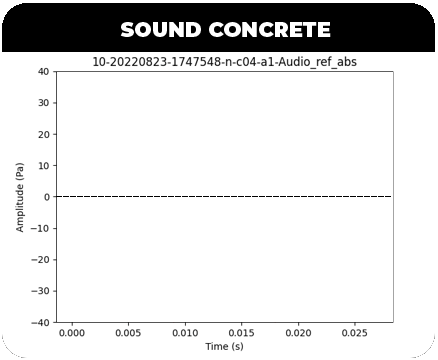
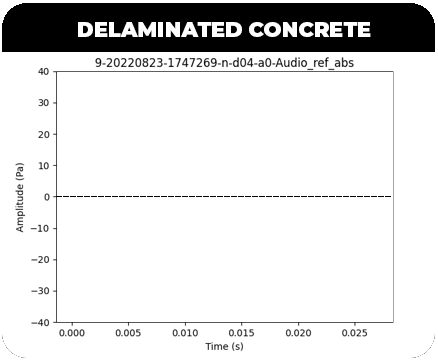
Acoustics data is collected and processed for the Spillway section. Niricson’s proprietary NCX and NDX used the striking mechanism which replicates the industry standard hammer test. The classification of whether the concrete is delaminated or not is based on specific signal characteristics of the audio collected. The soundness of the concrete was determined by Niricson’s engineering team using a frequency spectrum and also it leverages machine learning techniques and relies on training datasets composed of real-world delaminated and non-delaminated signals.
Opposed to a subjective individual inspector, these responses are analyzed using machine learning techniques based on a database of delamination and solid concrete responses from many structures. This means that Niricson’s delamination maps have increased objectivity, allowing the baseline dataset to remain a baseline, with each subsequent year of data collection able to be directly compared to the previous.
Experience the future of Asset Management
Get in touch with us and our team of experts will walk you through our platform and show you how the World’s Leading Infrastructure Condition Assessment Platform is using Artificial Intelligence (AI) and Machine Learning to make infrastructure safer.

